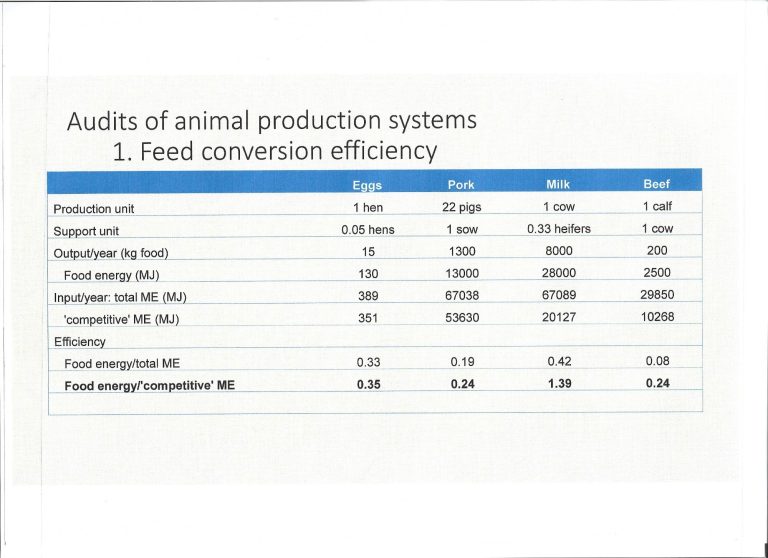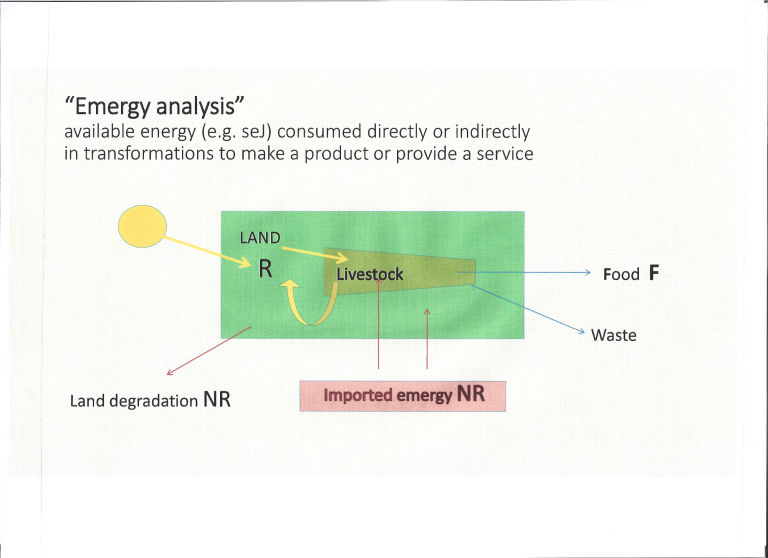FURTHER READING
The aim of this page is to provide further evidence in support of some of the assertions I make in the text. These take two forms:
1. Links to books, original communications, governmental and non-governmental agencies
2. Further particulars: Tables and other evidence too bulky to include in the main text
I would like this page, in time to include a forum for discussion. I welcome comments and suggestions. Contact me at mokewebster@outlook.com
Books
Dawkins M.S. (1980) Animal Suffering: The Science of Animal Welfare. Chapman and Hall, London.
McFarland D (1989) Problems of Animal Behaviour. Longman, Harlow.
Russel W.M.S. & BIrch R.L. 1959 The principles of humane experimental technique. Methuen & Co. London
Webster John (1994) Animal Welfare: A cool eye towards Eden. Oxford, Blackwell Science
Webster John (2011) Animal Welfare: LImping towards Eden. Oxford, Blackwell Science
Webster John (2013) Animal Husbandry Regained: The place of farm animals in sustainable agriculture. Oxford, Routledge
Webster John (2022). Animal Welfare: Understanding Sentient Minds and why it matters. UFAW, Wiley Blackwell
Webster John & Margerison Jean 2022 Management and Welfare of Farm Animals Sixth edition, UFAW, Wiley Blackwell.
Legislation and Government Publications
Animals (Scientific Procedures Act) 1986
Farm Animal Welfare Council 1993. Second report on priorities for research and development, MAFF, Tolworth.
Protection of Animals Act 1911
Original communications
Brainard M.S. & Doupre A.J. 2002. What songbirds teach us about learning. Nature 417, 351-358
Mason G, McFarland D, & Garner J (1998) A demanding task: Using economic techniques to assess animal priorities. Animal Behaviour 55, 1070-1075
Mellor D.J. 2016 Updating animal welfare thinking: Moving beyond the Five Freedoms to 'A life worth living'. Animals 6(3) 21
Mepham B. 1966. Ethical analysis of food technologies: an evaluative framework. In Food Ethics (ed.B.Mepham) Routledge.
Nicol C.J.and Pope, S.j.1996. The maternal behaviour of birds is sensitive to perceived chick error. Animal Behaviour 52, 767-774.
Rotolo G.C., Rydberg T and Lieblein G 2007. Emergy evaluation of grazing cattle in Argentina's pampasAgriculyure, Ecoosystems and Environment, 119, 383-395.
Webster A.J.F. 2009 The Virtuous Bicycle: A delivery vehicle for improved farm animal welfare.Animal Welfare 18, 141-147.
Webster John 2020 Understanding the Dairy Cow, third edition. Wiley Blackwell
Whay H.R., Main, D.C.J. et. al. 2007. Assessment of the behaviour and welfare of laying hens on free-range units. Veterinary Record 161, 119-128
Welfare Organisations
Compassion in World Farming (CIWF)
Farm Animal Welfare Committee, (FAWC, formerly Farm Animal Welfare Council)
Royal Society for Prevention of Cruelty to Animals (RSPCA)
Universities Federation for Animal Welfare (UFAW)
Webster
Feed conversion in animal production systems
Webster 2020
Comparison of conversion of Metabolizable Energy (ME) and Protein from competitive and complementary systems to ME and protein for human consumption.

Emergy analysis
Emergy Yield Ratio (EYR) = Food/NR (imported food, fuel, labout high = good
hiEnvironmental load ration (ELR) = (NR +F)/R high = bad
Sustainability Index (ESY) =EYR/ELR high = good

Emergy indices
Energy yield ratio (EYR)= Food/NR =imported food, fuel, labour : HIgh = good
Enironmental load ratio (ELR)=(NR+F)/R Low = good
Sutainability Index (ESI=EYR/ELR High = good

We need your consent to load the translations
We use a third-party service to translate the website content that may collect data about your activity. Please review the details and accept the service to view the translations.